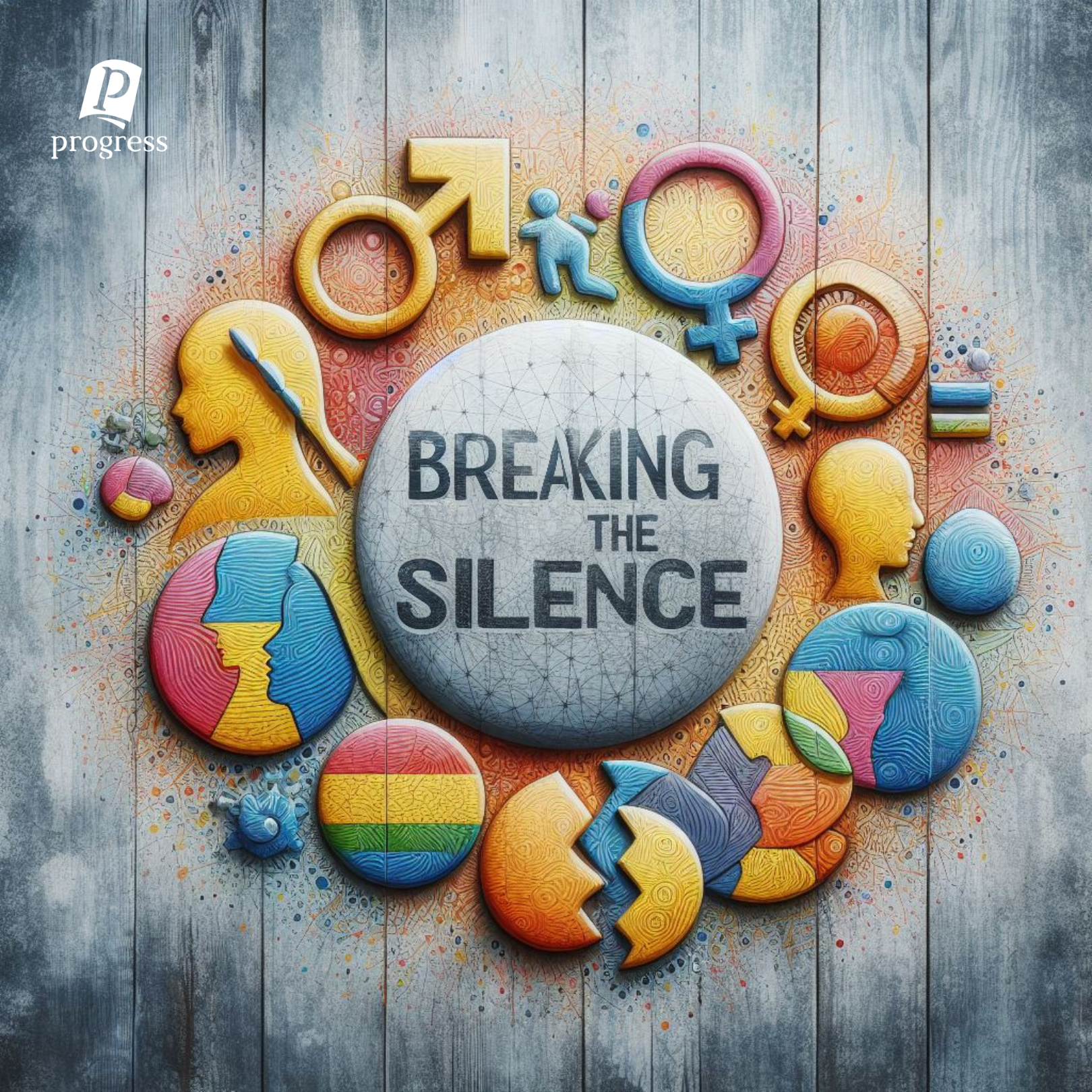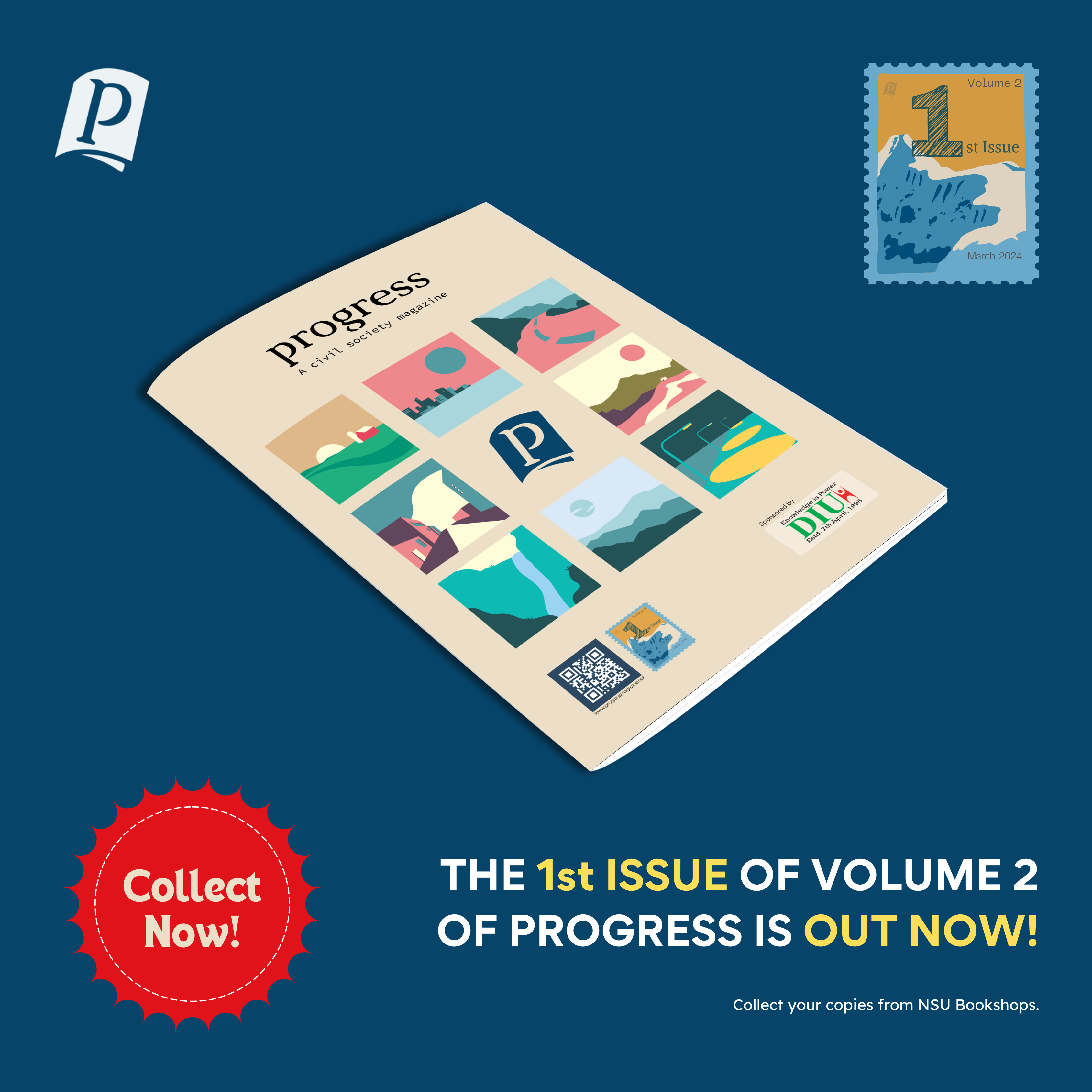Sexual violence is interpreted as any sexual act committed against someone’s will. The High Court Division of the Supreme Court of Bangladesh (HCD) in the case of BNWLA vs Bangladesh [(2011) 31 BLD (HCD) 324], provided a definition of sexual harrasment. The Court’s definition of sexual harassment encompasses various forms of unwelcome behavior, including physical advances, abuse of power, sexually colored verbal representation, demands for sexual favors, showing pornography, indecent gestures, insults through various means, photography for blackmail, and attempts to establish sexual relations through intimidation or deception. The definition also addresses stalking and actions that hinder participation in various activities based on gender or for sexual harassment. However, one may say that the people belonging to the third gender is perhaps the most vulnerable to sexual harassments and violence in Bangladesh. In Bangladesh, the people of the third gender are often subjected to the most heinous kind of violence and discrimination. It has become a need to address their distinctive challenges.
Intersex is not a disease. Intersex people, however, are frequently viewed by society and health workers as if they have a flaw that can be corrected by surgery and drugs. Regardless of the constitutional equality promised to each citizen in (Article 27), Intersex children are subjected to non-consensual, needless medical treatment in order to bring their sex traits, both outwardly and inwardly, following society’s normative notion of male or female. These treatments include surgical interventions to change the appearance of external sex characteristics and the removal of internal reproductive organs that do not correspond to the assigned sex, hormone therapy, and psychological treatments to reinforce and strengthen the assigned sex and gender.
Majority of intersex research is conducted in the medical area, focusing on how intersex bodies differ from the norm. Responders may not have realized that some care from health staff amounted to rape. Medicalization keeps these atrocities from being acknowledged. An example of medicalized rape is Grooming. “Grooming” in medicalized rape is the use of trust to exploit victims through non-consensual medical procedures. These practices are often started at a young age to prevent intersex children from resisting medicalized rape and sexual violence. Although the Constitution of Bangladesh in article 27 affirms equal protection of the law for each citizen, the medical staff that perform these atrocities go unpunished.
Article 43 of the Constitution recognizes the ‘right to privacy’, vut photographs and videos are frequently taken of intersex children’s genitals, either during tests or after surgical operations to alter their sex traits. There is an astonishing amount of unrestricted content available online. This aggression has a significant negative influence on their physical and emotional well-being.
Article 29(2) of the Constitution of Bangladesh states that “[n]o citizen shall, on grounds only of religion, race, caste, sex or place of birth, be ineligible for, or discriminated against in respect of, any employment or office in the service of the Republic.” Despite the constitutional guarantee of equal opportunities, Hijras in Bangladesh are denied rights to education and employment for their gender. The only jobs available for the Hijra community are performing blessing ceremonies for newborn children and asking for money in stores and roads, which is different from begging or as a sex worker.
This systemic injustice extends to their later years. The most difficult stage of the hijras’ life cycle is old age, as they are unable to engage as sex workers, dancing, and other activities to subsist. This painful and exasperating scenario will continue until death. Death is unable to complete their chapter of cruelty and dishonor. Even after death, they are unable to participate in religious funeral ceremonies like a regular Bangladeshi citizen would. The society, religion, and state fail to honor the departed soul of a human being. Hijras face severe assault, harassment, and humiliation both while living and after death in South Asia.
We are influenced by certain myths about Hijras, but few try to understand them. According to official statistics, the Hijra community consists of about 15000 people, but human rights organizations estimate the true number to be close to a million. Bengali hijras are members of our society, silently enduring injustice. Although Bangladesh is a secular country, discrimination against hijras is widespread in society. Hijras, the most vulnerable people in our community, deserve to live lives full of rights and equality. Establishing a law similar to the Nari O Shishu Nirjatan Daman Ain, especially for the third gender is critical to ensuring a society that values justice and inclusivity.









